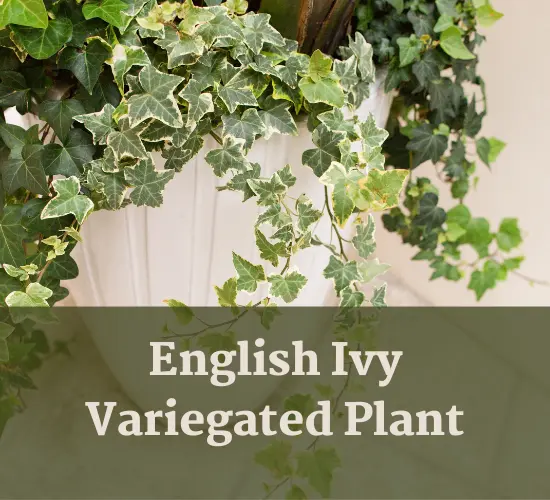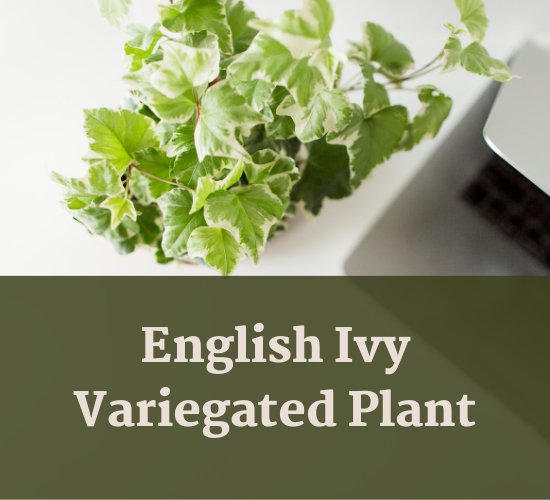Table of Contents
Why Is My Ivy Turning Yellow
As you gaze upon the lush greenery of your indoor garden, you may find yourself captivated by the delicate tendrils of your Ivy plant However, if you start to notice yellowing leaves, it may be an indication that your plant is struggling.
Yellowing leaves can be a sign of overwatering, pests, or natural aging, and it’s important to address the issue before it spreads to other parts of your plant.
In this article, we will examine the causes of yellowing Ivy leaves and provide you with plant care tips to help restore your plant to its former glory.
By the end of this article, you will have a better understanding of how to care for your Ivy plant(genus Hedera) and ensure that it thrives in your home, bringing a sense of freedom and connection to nature to your daily life.
Key Takeaways

- Yellowing Ivy leaves can be a sign of overwatering, pests, or natural aging and should be addressed before spreading to other parts of the plant.
- The root causes of yellowing Ivy leaves include overwatering, pest infestation, soil pH, and natural aging, which must be understood to prevent further damage.
- Proper care techniques for Ivy plants include allowing the soil to dry out before watering, trimming yellowing leaves, and pruning to promote bushier growth and shape the plant.
Causes of Yellowing Leaves
Understanding the root causes of yellowing Ivy leaves is essential to prevent further damage to the plant.
One of the most common reasons for yellowing leaves is overwatering, which can lead to root rot and deprive the plant of oxygen.
Another factor that may contribute to yellowing is pest infestation, such as spider mites and scale insects. These pests feed on the plant’s sap and cause discoloration of leaves and stunted growth.

Apart from these, soil pH can also affect the plant’s health, as Ivy prefers slightly acidic soil with a pH of 6-6.5. If the soil is too alkaline, the plant may struggle to absorb essential nutrients, leading to yellowing of leaves and stunted growth.
Additionally, the aging and shedding of older leaves is also a natural process that may cause yellowing.
It is important to identify the root cause of yellowing leaves and take appropriate measures to maintain the plant’s health and vitality.
Plant Care Tips
By implementing proper watering techniques and regular pruning of aging foliage, one can promote the flourishing growth of their Ivy plant.
To ensure optimal soil moisture for the plant, allow the soil to dry out 25-50% before watering. Overwatering can cause root rot, which can result in yellowing and wilting of the leaves. It is also important to discard any excess water to prevent the plant from sitting in water for too long.
In addition to proper watering techniques, pruning is essential for the health and growth of the Ivy plant. One should trim yellowing leaves once they are 75% discolored. This will not only improve the overall appearance of the plant but also encourage new growth and prevent any further yellowing. Pruning techniques can also be used to shape the plant and promote bushier growth.
With these proper care techniques, one can maintain a healthy and vibrant Ivy plant.
Frequently Asked Questions
Can yellowing leaves be a sign of nutrient deficiency in Ivy plants?
Nutrient deficiency prevention is crucial for healthy Ivy plants. Fertilization with a balanced fertilizer can provide essential nutrients. However, over-fertilization can cause toxicity and yellowing of leaves. Regular soil testing can help determine the appropriate fertilizer application.
How can I prevent pests from attacking my Ivy plant and causing yellowing leaves?
Natural pest prevention techniques for Ivy plants include using neem oil, introducing beneficial insects like ladybugs, and regularly cleaning leaves with mild soap and water. Proper soil care techniques, such as allowing the soil to dry out between waterings, can also prevent pests from attacking and causing yellowing leaves.
Is it safe to use chemical pesticides on my Ivy plant to prevent yellowing leaves?
Using chemical pesticides on ivy plants to prevent yellowing leaves may have long-term negative effects on the plant’s health. Instead, consider using natural alternatives such as insecticidal soap or neem oil to avoid harming the plant and the environment.
Can Ivy plants recover from root rot that causes yellowing leaves?
Recovery from root rot in ivy plants is challenging, and treatment options are limited. Preventing root rot by avoiding overwatering and discarding excess water is crucial. Once root rot occurs, removing affected roots and repotting them in fresh soil may aid in recovery.
What are some common mistakes that plant owners make when watering Ivy plants and how can I avoid them?
Common watering mistakes for ivy plants include overwatering, not allowing the soil to dry out between watering, and not discarding excess water. Proper watering techniques involve letting the soil dry out 25-50% and trimming yellow leaves once 75% discolored.
Conclusion
Yellowing leaves on an Ivy plant can be a sign of overwatering or pest infestation. To prevent root rot, it is essential to allow the soil to dry out before watering and discard any excess water.
It is also crucial to trim yellowing leaves once they are 75% discolored to promote healthy growth. While older leaves may naturally yellow and fall off, consistent yellowing of new growth may indicate a more severe issue that requires immediate attention.
In conclusion, yellowing leaves on an Ivy plant can be a cause for concern, but with proper care and attention, the issue can be resolved.